Stay at Home Photography
Photographers all throughout the nation have been documenting the effects of the epidemic for over a year now, and the results are heartbreaking, distressing, and just gorgeous. Photographs taken this spring at New York City hospitals depict scenes of the living, the dead, and the transitional zone in between. Here, six describe their experiences with COVID and what they learned from it.
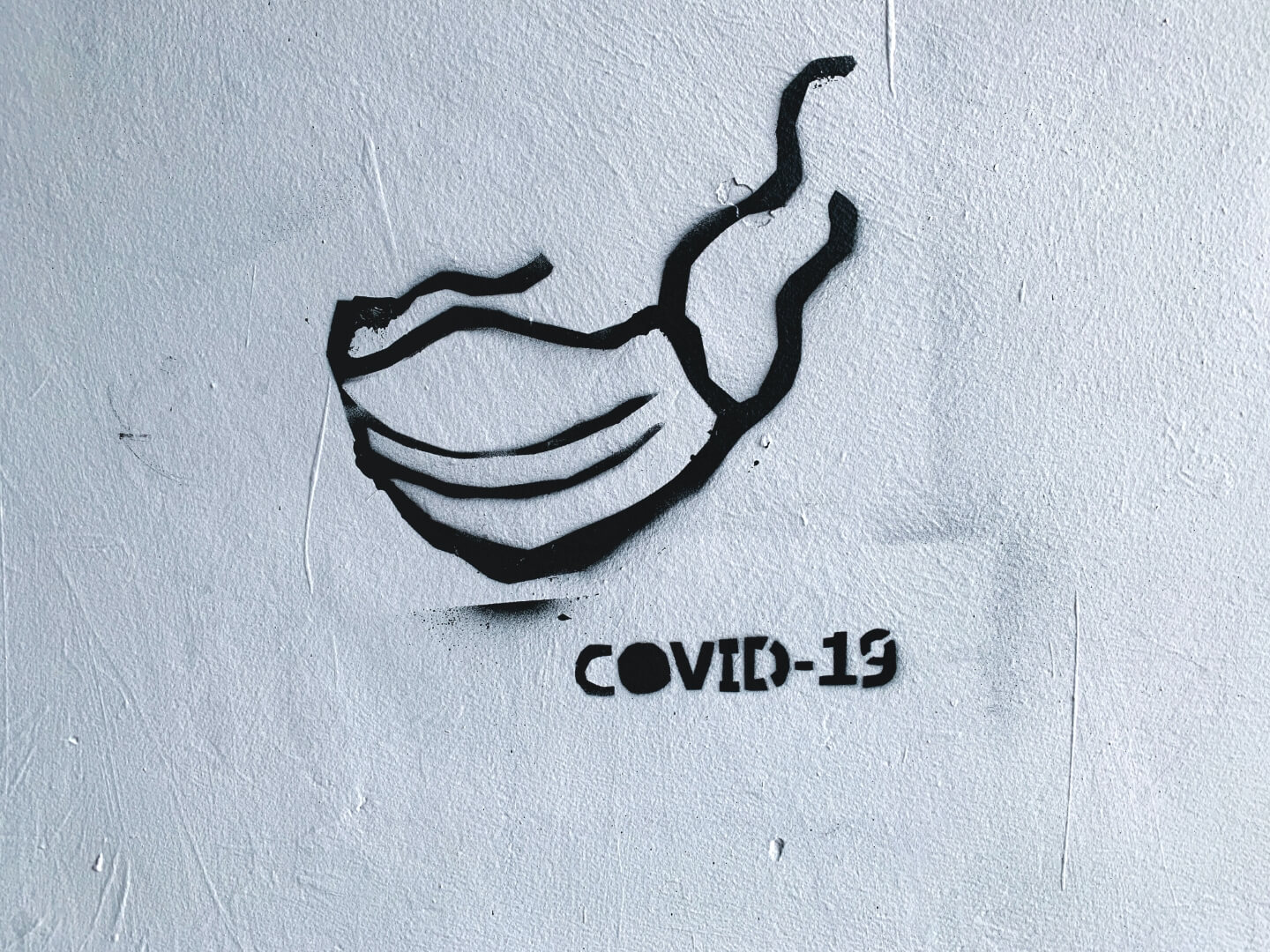
The previous year has been very complicated, full of contrasts, and each day has seemed unique. During this experience, we feel a strong connection to each other as a family, as well as a deep sense of loneliness and dread. We also feel a great sense of duty to each other, as well as a deep love for each other. It was only now that we were able to delve even deeper, with a new urgency and a new feeling of belonging and intimacy. We must show our love and support for one another in the face of all the difficulties we face from the outside. My COVID time may need a new strategy for dealing with it.

How to improve your photography during lockdown
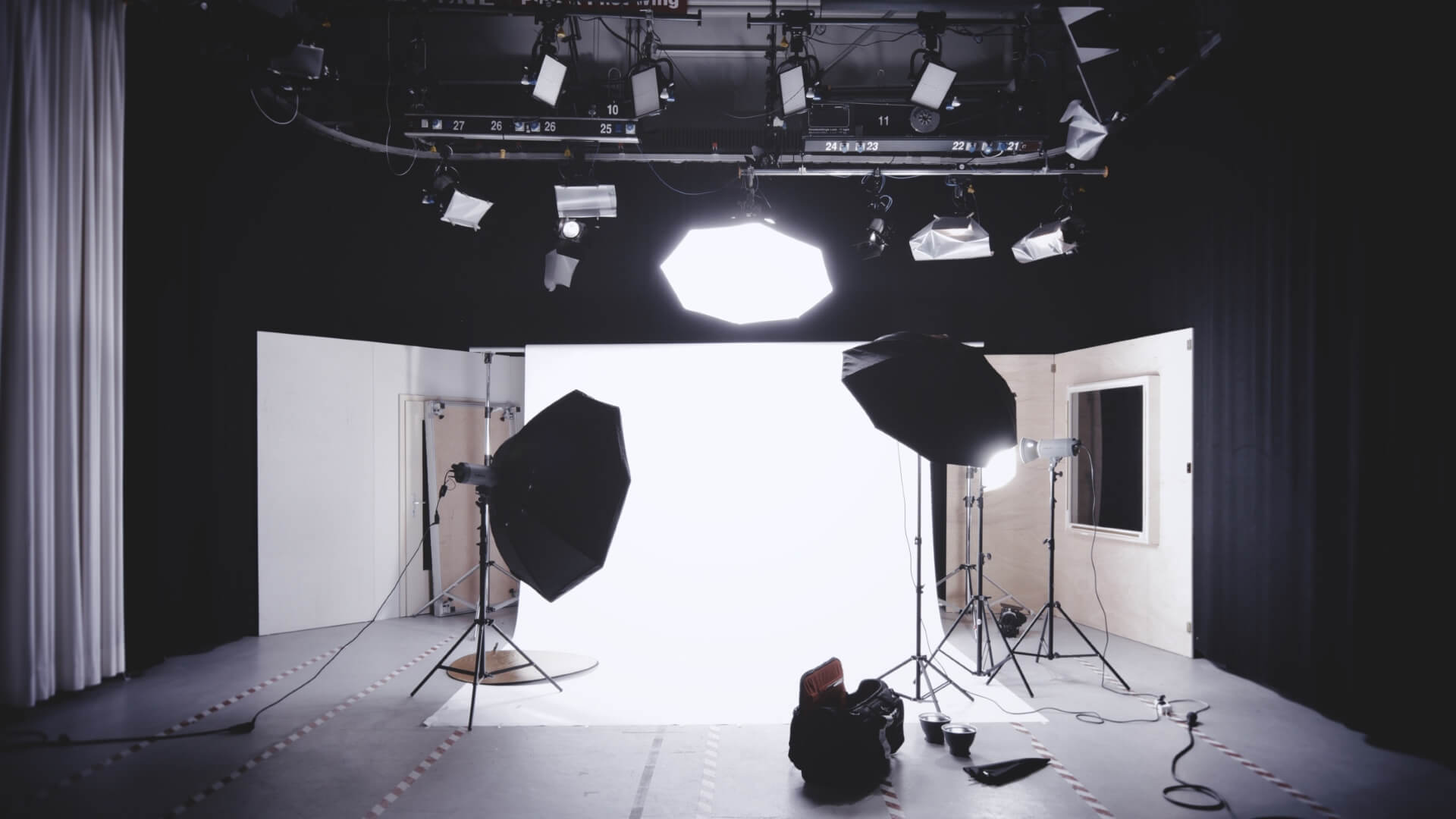
Plan your shoots
If you're wary of venturing too far, your options for wilderness scenery photography may be restricted. However, there are a plethora of options for honing your trip photography skills right at home.
Portrait photography may be honed by taking pictures of members of your own family. Natural light may also be used to practice your food photography both inside and outdoors. When it comes to wildlife photography, you may learn a lot from your pets, and even the flowers in your yard.
You might also work on improving the areas of photography that you find difficult. For example, the ability to photograph handheld in low-light situations, like as at a local market. Take pictures of your loved ones in low light and play about with the settings to figure out where you're going wrong.
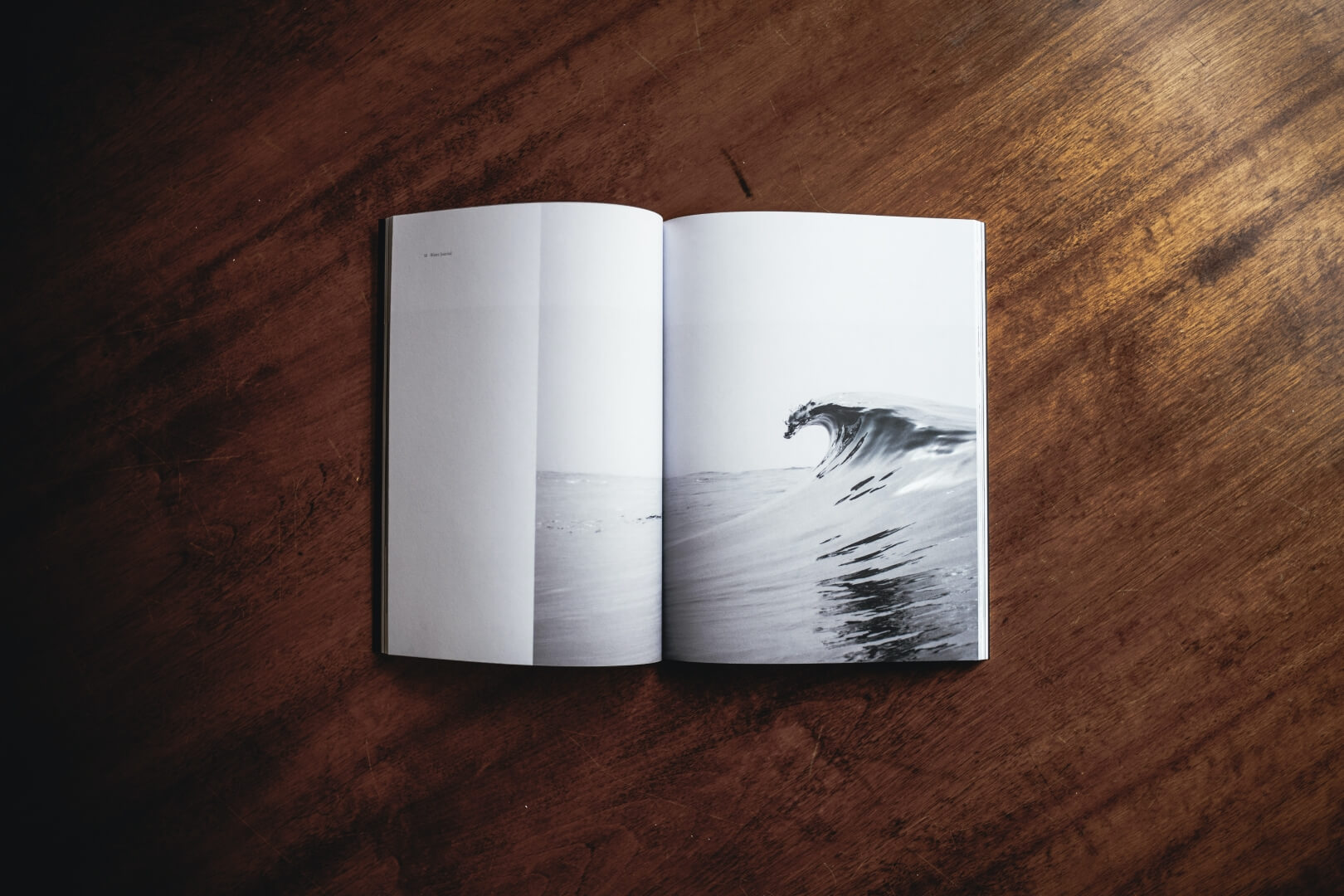
Honestly evaluate your work
Time at home is a great opportunity to re-examine some of your most recent travel photographs.
What do you enjoy about them? What stifles the people you don't like? What's wrong with this picture? If you had a second chance to shoot a snapshot, what would you do differently?
A list of previous errors and how to prevent them may be amassed by investigating what went wrong (or well) and where you went wrong (or right). In many cases, your photographic failures will teach you more than your accomplishments.
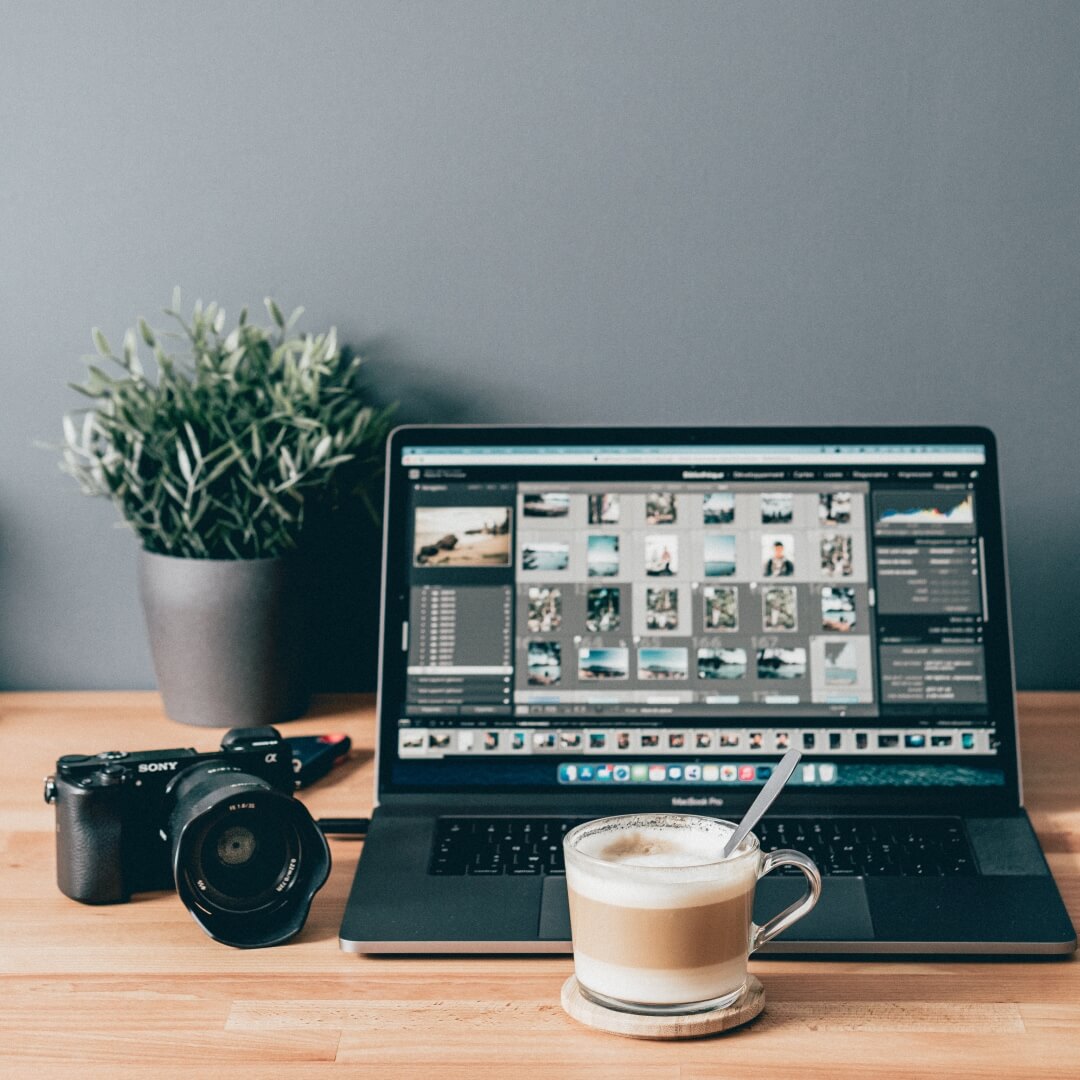
Get better at Editing
The subject of picture editing has always been a divisive one. Some photographers don't want to touch their images after they've been taken. Whether or whether you choose to modify your images is entirely up to you.
The vast majority of photographs may benefit from minor retouching. Straightening things out could be all that's required. To make things more difficult, you may experiment with different settings for things like brightness, saturation, and more. Enhancing what is already there in the shot is the key.
When it comes to learning how to utilize software like Adobe Lightroom or Photoshop, now is a great time to get started. That being said, there is a plethora of free material and tutorials online that may help you move from a total novice to an experienced editor.
It will not only alleviate some of the boredom you may be feeling, but it will also have a positive impact on the quality of your photographs.
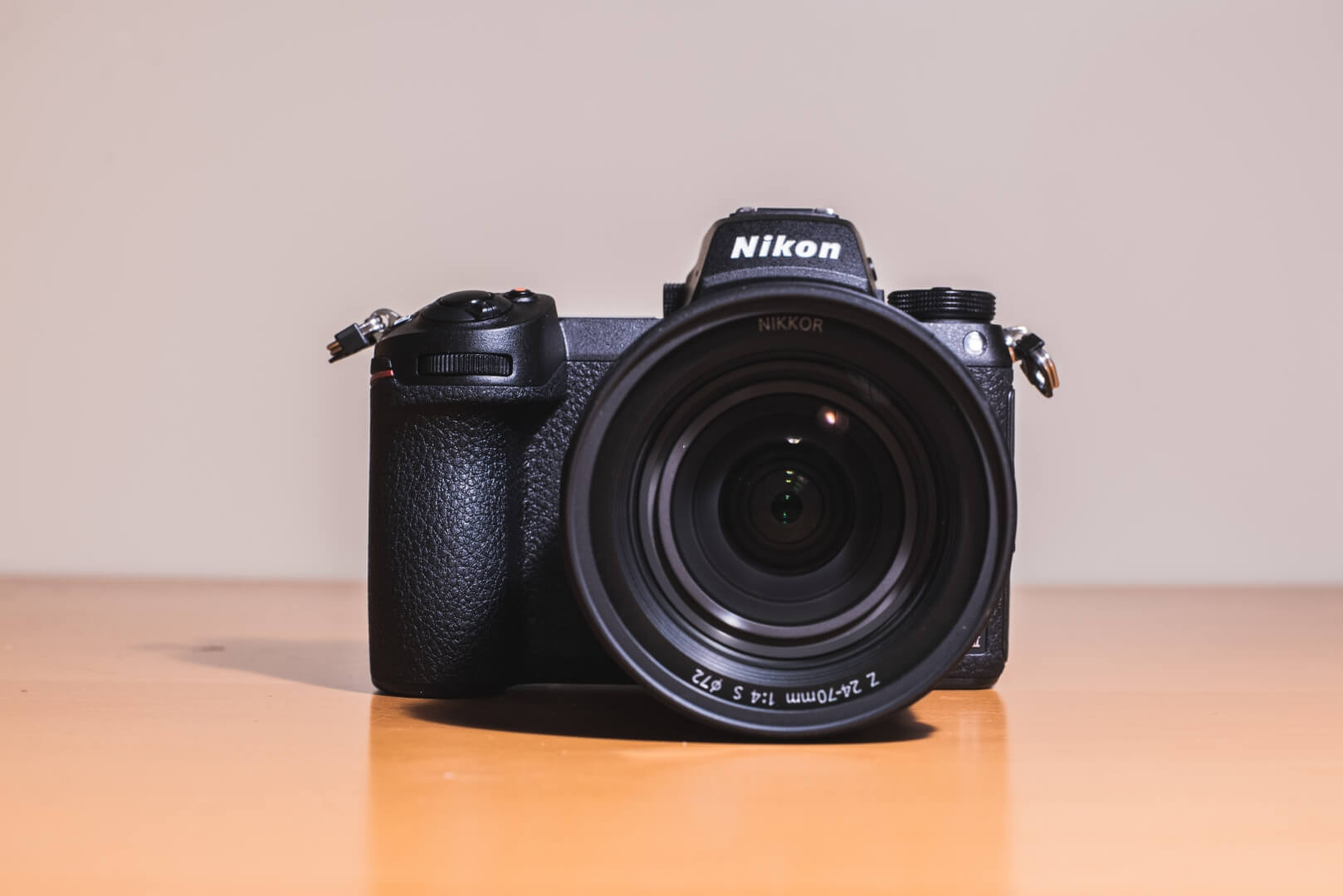
Learn more about your camera
Many of us have more than one camera, often from different manufacturers. This makes it difficult to get to know all the settings that are available to you. You could start off by reading the manual that comes with your cameras. Sometimes to manual is out of date and it is worth visiting the manufacturer to see the updated features. For example, the Nikon Z5 initially did not have 4k video but if you go to the official Nikon Z5 website, you can see it has been updated to reflect that it now has 4k video.
If you are thinking about upgrading your camera, make sure it is worth the money. Many cameras of a similar generation have quite similar features. You can visit the camera database to have a quick look to see the differences between two cameras. For example, the Nikon Z5 vs Z50 might be a worthwhile upgrade for the extra megapixels and sensor based image stabilisation. But before you upgrade, make sure you have mastered your current camera.
One more thing to consider is to try different lenses on your current gear. This might make a bigger difference that you think. Modern lenses provide exceptional detail and rendering qualities.
Deal with self isolation as a photographer
With her mother and her mother's boyfriend in Harlow, Kayleigh Shortman, a UK photographer, resorted to self-portraiture as a kind of therapy and documentation of the coping techniques that so many people have had to develop this year under lockdown.
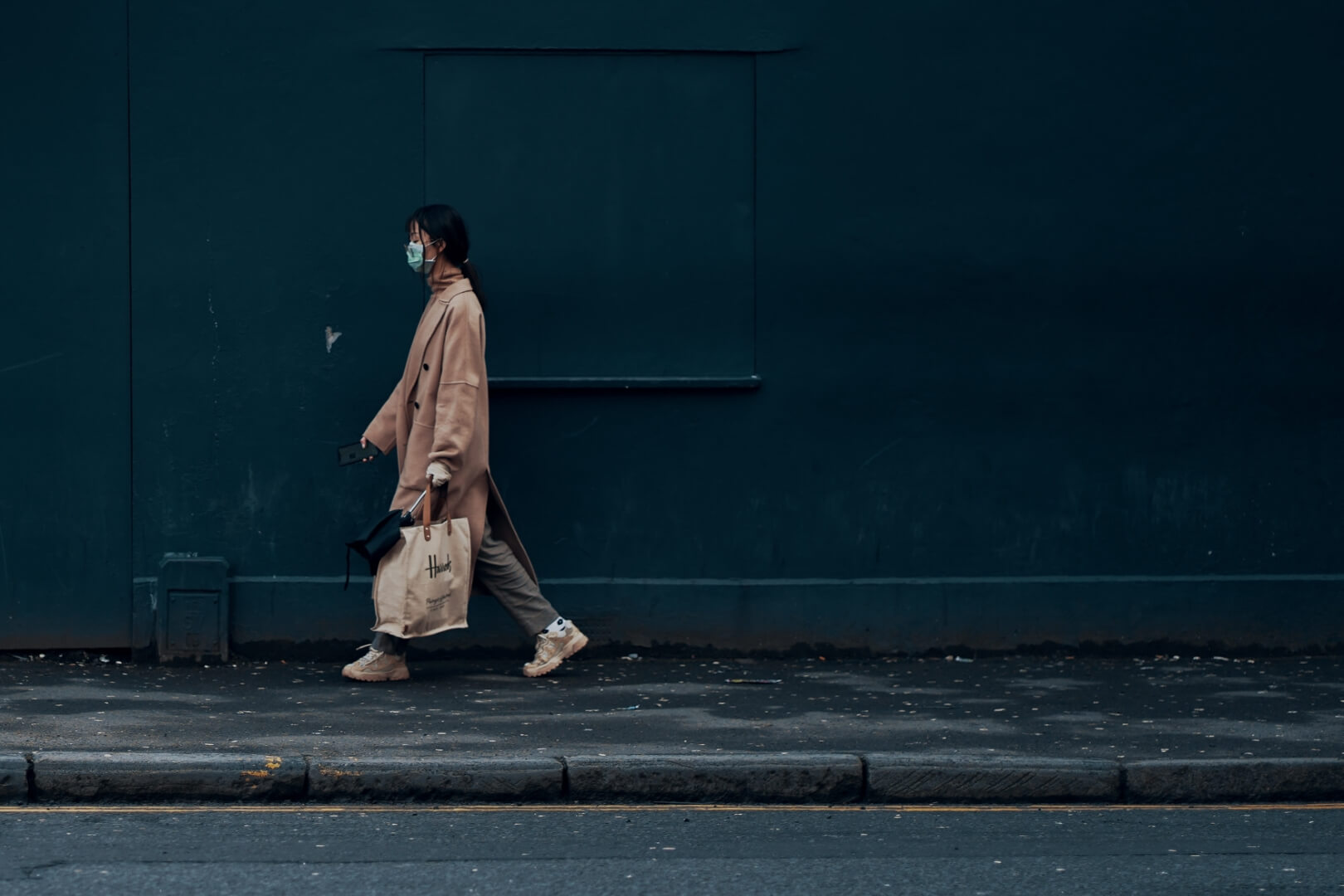
Shanu Gralo, whose work is normally focused on conflict photography, decided to investigate the new hazards that have surfaced this year in his work. An artist from northern Spain, Shanu, developed an intimate piece concentrating on his high-risk father, who he claims would be a "easy target for the virus.".
It was refreshing to take a break from the Covid narrative for a little time. So it was pleasant and instructive to have the chance to cover moorland burning in a thoughtful manner over a few days and hear the reasons for and against. Burning moorland produces millions of tons of greenhouse gases, decimates ecosystems, and raises the risk of floods in lowland rivers, according to its detractors. Northern England and Scotland's moorland estates make huge profits from the hunting of wild grouse by burning sections of heather each year to eliminate shelter for predators and allow the grouse to feast on the green shoots.
There are several reasons why estates believe the burning is beneficial to the landscape, and they allege that resistance is driven by an anti-grouse bias. Because the Yorkshire Dales are such an important area for me, seeing them engulfed in flames was impressive to me as a photographer, but it also made me anxious and frightened as a human being. This shot makes me feel uncomfortable, and if others feel the same way, then it was a worthwhile photograph to take in the first place..
How to use a camera strap?
You've finally gotten your hands on that wonderful new camera you've been coveting for years, and you simply can't wait to start taking pictures with it. Hold up a second. Have you ever considered learning how to correctly connect a leather camera strap to your camera? Do not just remove the camera strap from its packaging and then attach it in any arbitrary manner. It's possible to mess up and ruin the fresh leather.! When you add the weight of a lens and maybe even a flash to the weight of the camera itself, you will have a considerable amount of weight dangling from your neck which can stretch the leather if not attached properly. If you want to make sure that your camera equipment is protected while you use it, this is one of the times when it is very necessary for you to study the manual to figure out how to correctly connect a camera strap to your camera.